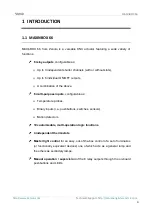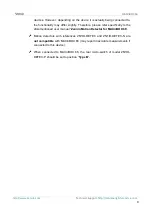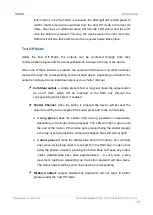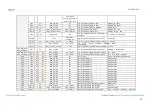
MAXinBOX 66
Technical Support:
http://zennioenglish.zendesk.com
16
2.6
MASTER LIGHT
The Master Light function brings the option to monitor the state of up to 12 light
sources –or any other functionally-similar element whose state is transmitted through a
binary object– and, depending on those states, perform a
master order
every time a
certain trigger signal (again, a binary value) is received through a specific object.
Such master order will consist in:
A
general switch-off
order, if at least one of the up to twelve status objects is
found to be on.
A
courtesy switch-on
order, if none of the up to twelve status objects is
found to be on.
Note that the above switch-off and switch-on orders are not necessarily a binary value
being sent to the bus – it is up to the integrator the decision of what to send to the KNX
bus in both cases: a shutter order, a thermostat setpoint or mode switch order, a
constant value, a scene… Only the trigger object and the twelve status objects are
required to be binary (on/off).
The most typical scenario for this Master Light control would be a hotel room with a
master pushbutton next to the door. When leaving the room, the guest will have the
possibility of pressing on the master pushbutton and make all the lamps turn off
together. Afterwards, back on the room and with all the lamps off, pressing on the
same master pushbutton will only make a particular lamp turn on (e.g., the closest lamp
to the door) – this is the courtesy switch-on.
ETS PARAMETERISATION
Once the Master Light function has been enabled, a specific tab will be included in the
menu on the left. This new parameter screen (Figure 25) contains the following options:
Number of State Objects
: defines the number of 1-bit status objects
required. The minimum (and default) value is “1”, and the maximum is “12”.
These objects are called “
[ML] Status Object n
”.












































